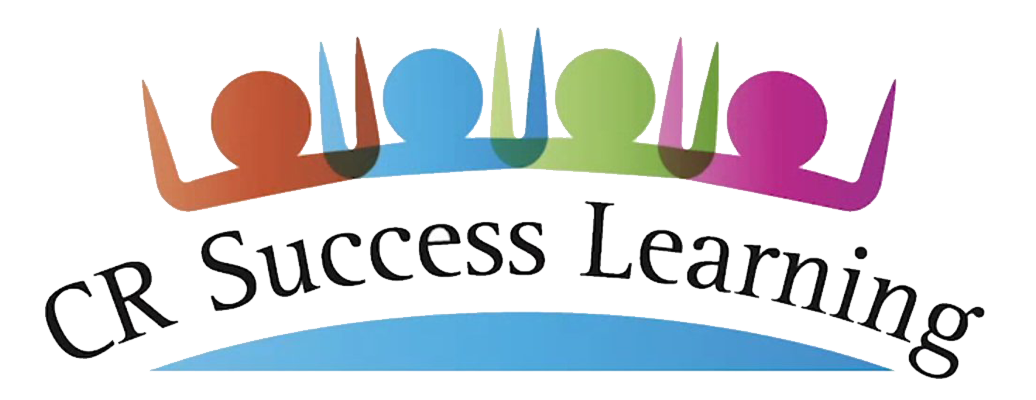🧭 Oral Language Skill Part 4: Where Do We Go From Here?
Next Steps
How can we use what we know to help students thrive?
Here’s What We Know
The research is clear: Oral Language is the foundation of reading success.
We explored five key takeaways from the Science of Reading:
Oral language grows through interaction — not passive listening
Conversational turns between adults and children build language processing in the brain
Interactive read-alouds promote vocabulary, background knowledge, and comprehension
Play-based learning supports rich language use in natural contexts
Developing academic language is essential for literacy achievement in school settings
At every stage of reading development, strong oral language supports understanding, fluency, and deep comprehension.
What About You?
A simple oral language audit can help identify strengths and can reveal new ways to support your students’ growth.
How would you describe your classroom’s oral language environment?
✅ Are students encouraged to engage in conversational turns with adults?
✅ Are you modeling and building academic language during lessons and play?
✅ Do your read-alouds promote interaction and dialogue?
✅ Are you creating opportunities for students to use new vocabulary naturally?
Putting It Into Practice
Here are 5 next steps you can use to strengthen oral language:
Use the REAL framework (Respond, Extend, Allow wait time, Language-rich environment) to guide daily interactions
Plan lessons that intentionally build academic language across content areas
Create visual supports to make oral directions and sequencing more accessible
Weave vocabulary instruction into read-alouds, songs, play, and center activities
Encourage student talk throughout the day — not just during “language time”
When oral language and literacy instruction work together, students gain the tools to become confident readers and communicators.
Final thoughts: Research continues to show that strong oral language is a key predictor of long-term reading success. Early and ongoing support for oral language development builds the vocabulary, background knowledge, comprehension skills, and academic language that students need to become capable readers.
At CR Success Learning, oral language is an integral part of all our programs - not an add-on. From Jump Start (preK) to First Steps (K) and beyond, we provide professional development to help teachers build interactive conversation and language play into early learning. And in all our comprehensive phonics and reading programs, the focus remains on helping students develop the language tools that support reading and writing growth.
When teachers intentionally foster oral language (through conversation, play, interactive read-alouds, and academic language instruction) they are building the foundation for reading success. Oral language growth makes every part of reading instruction stronger.
And as always — we’re here to help you make it happen.



